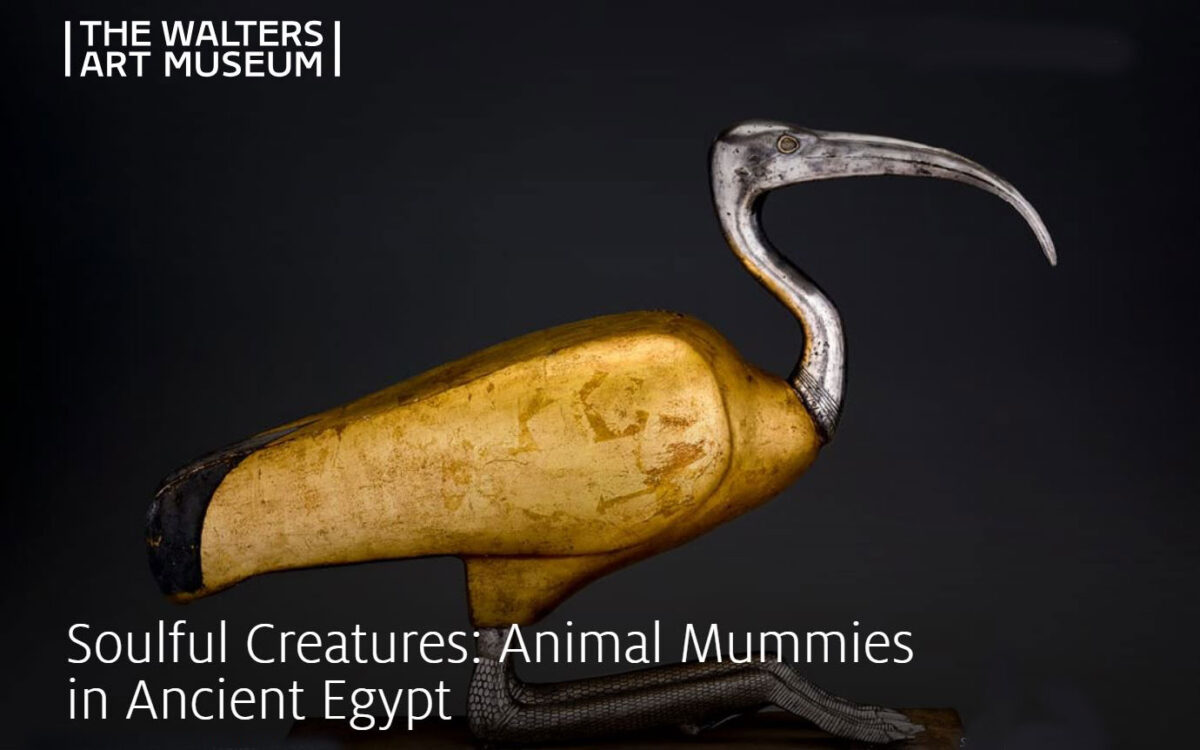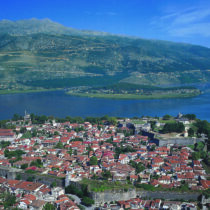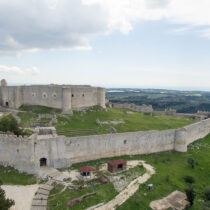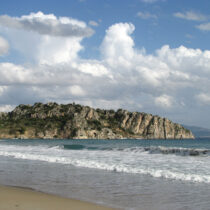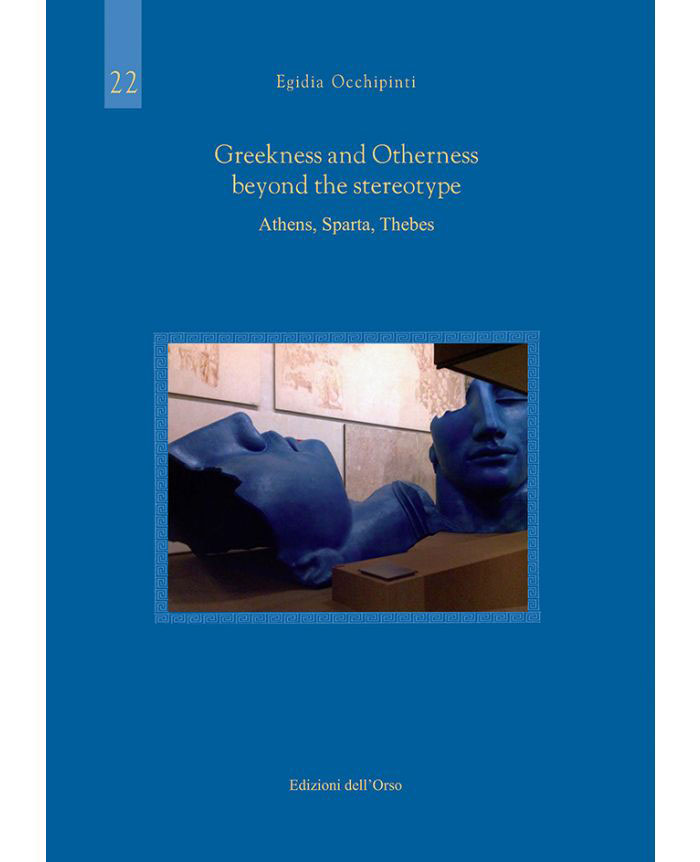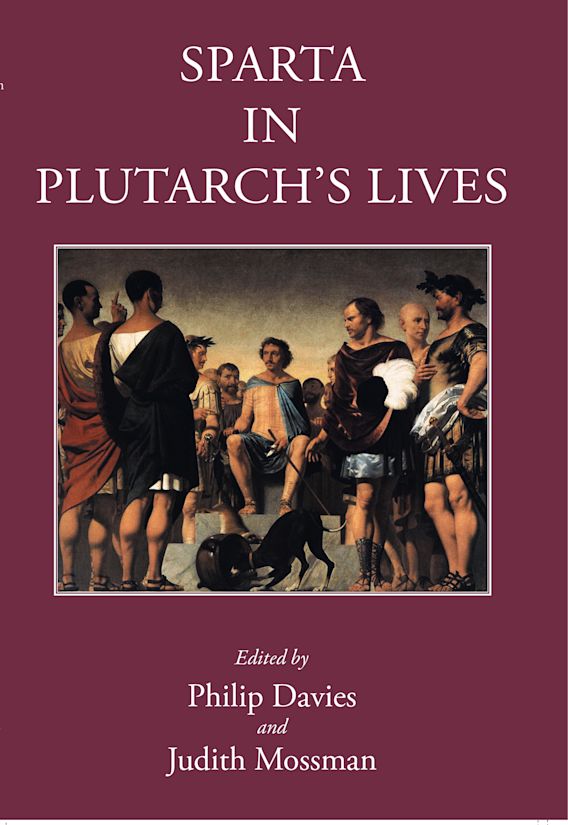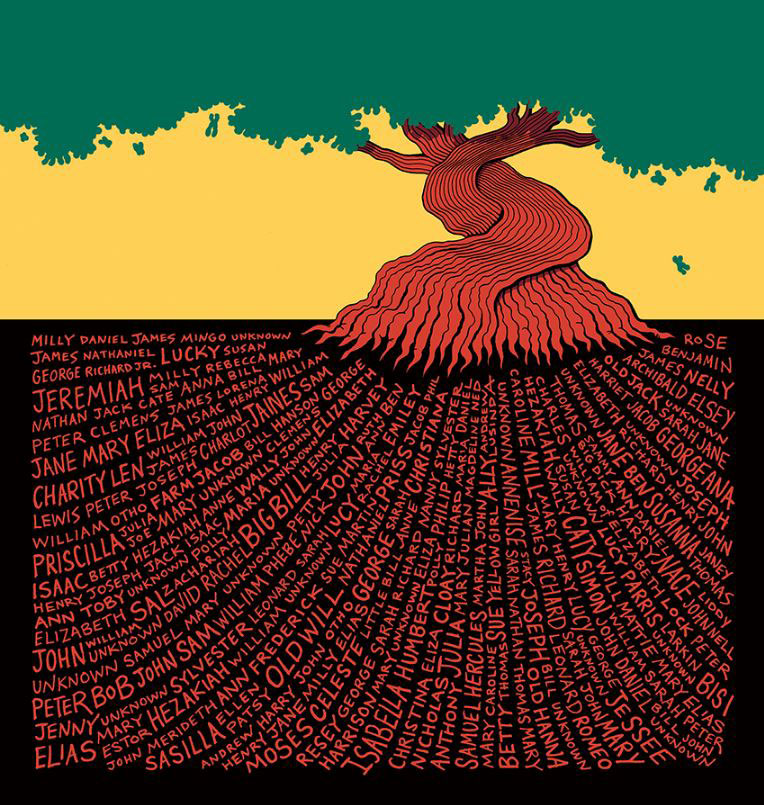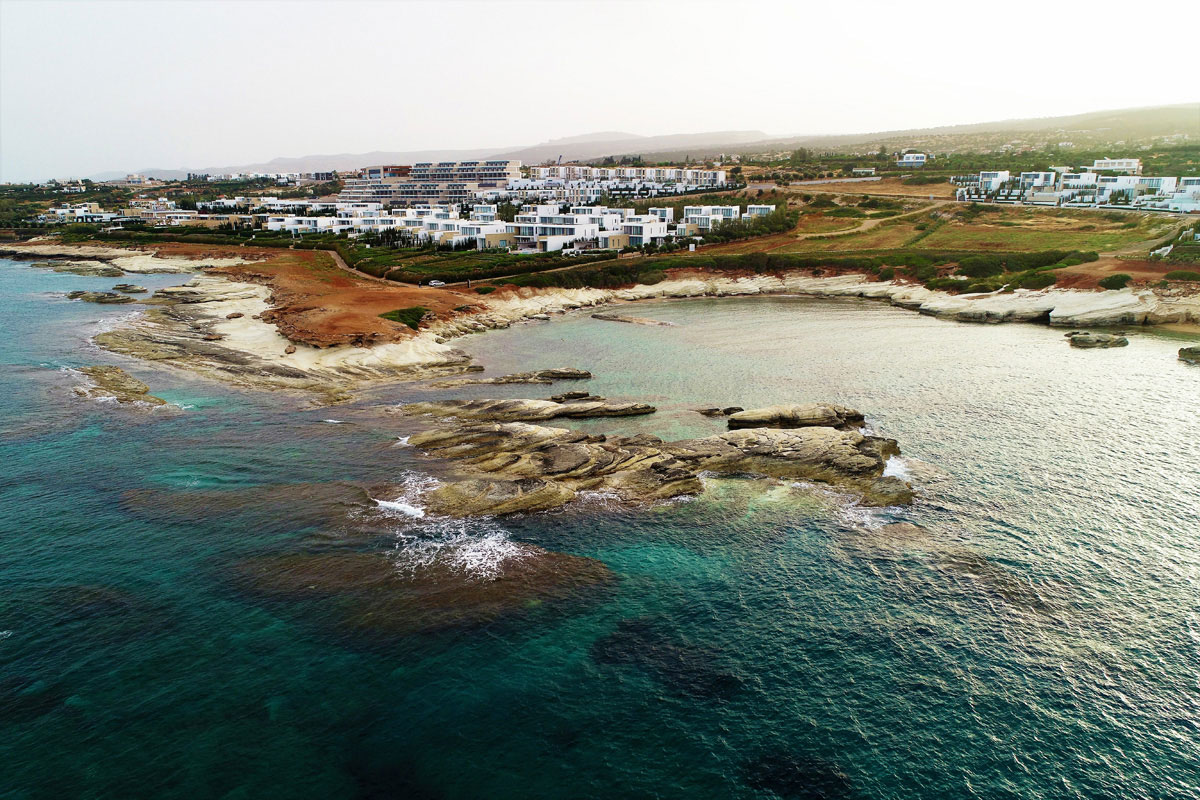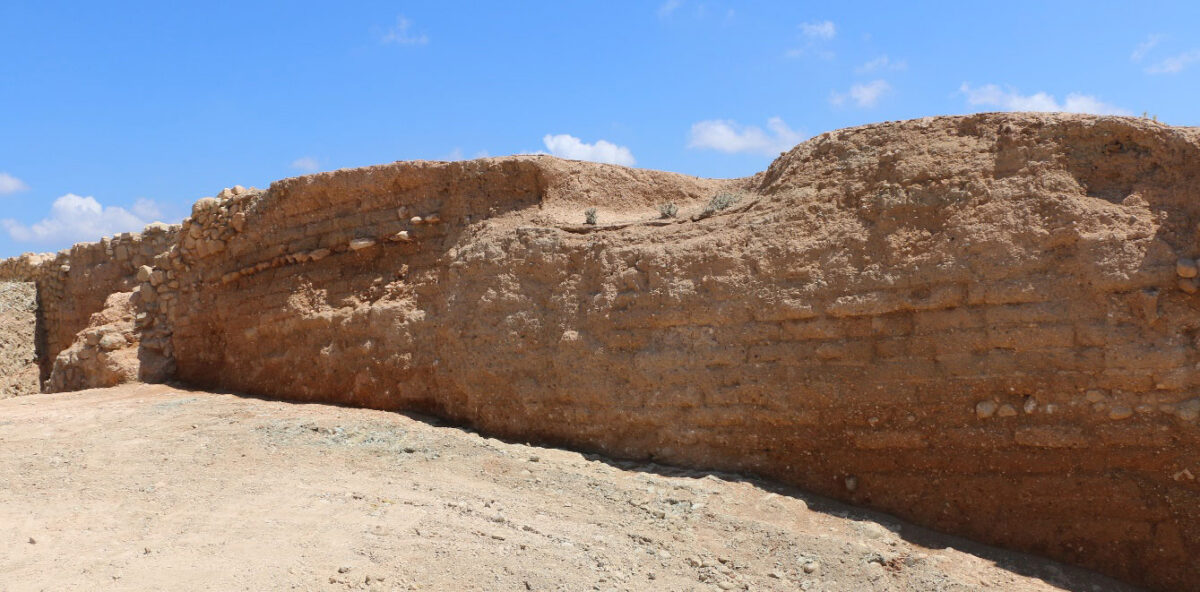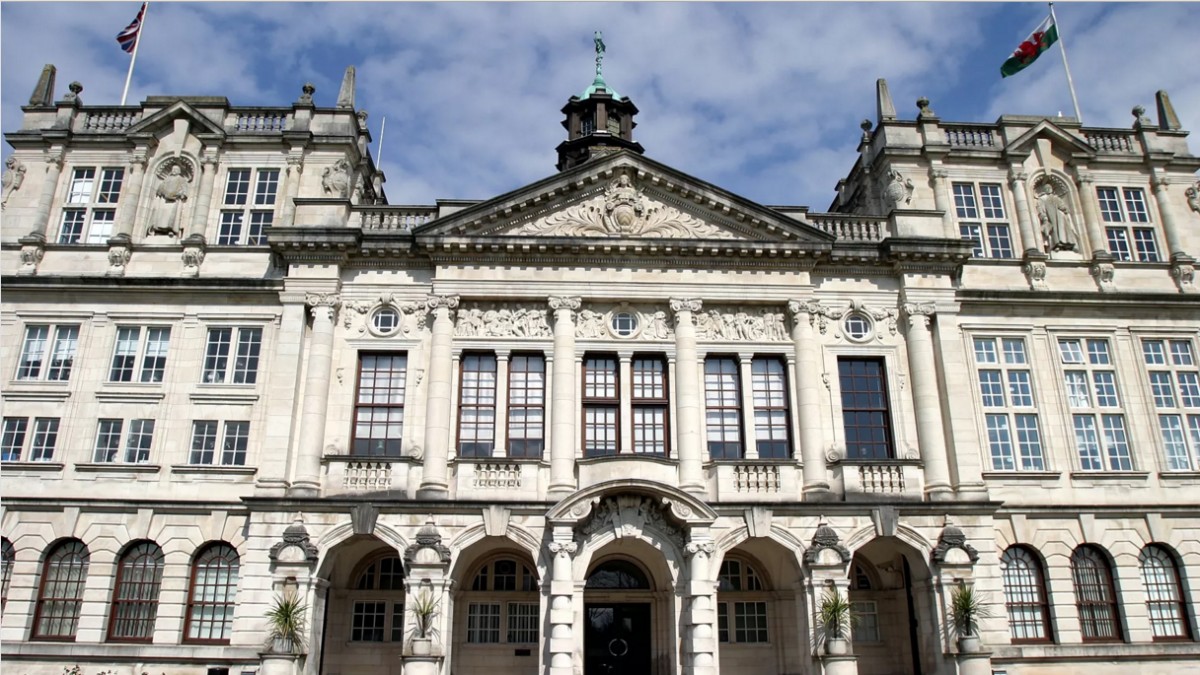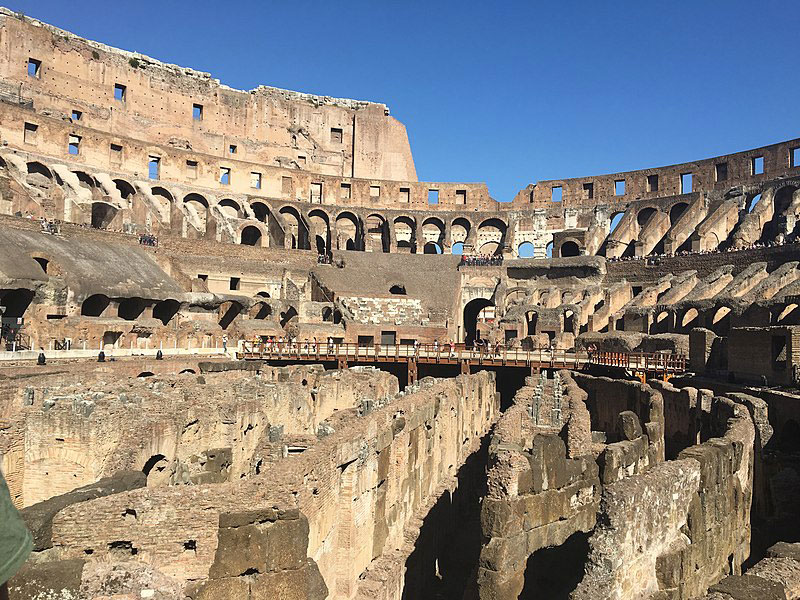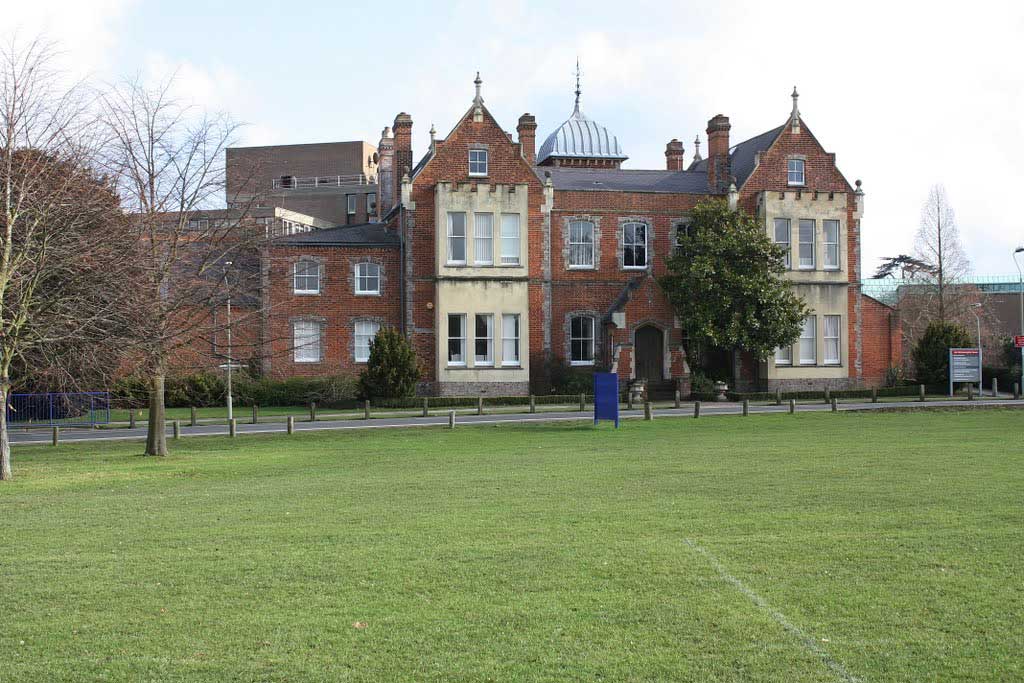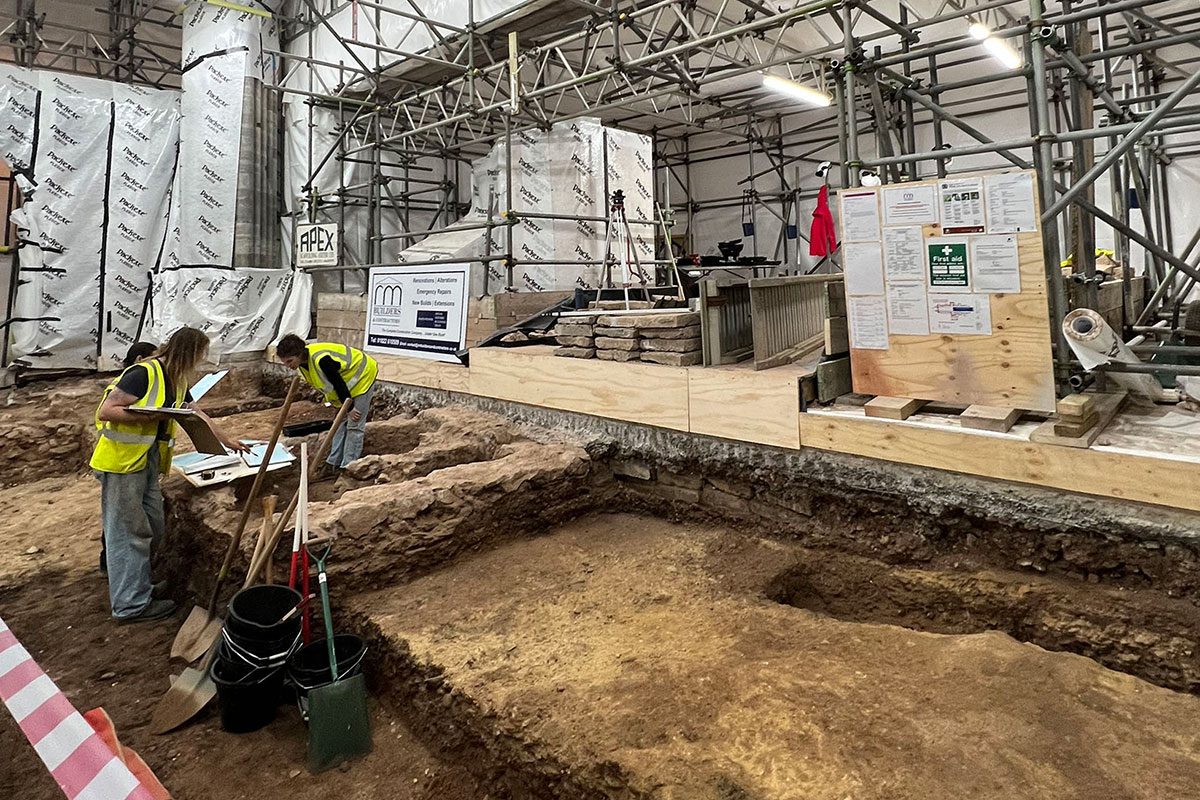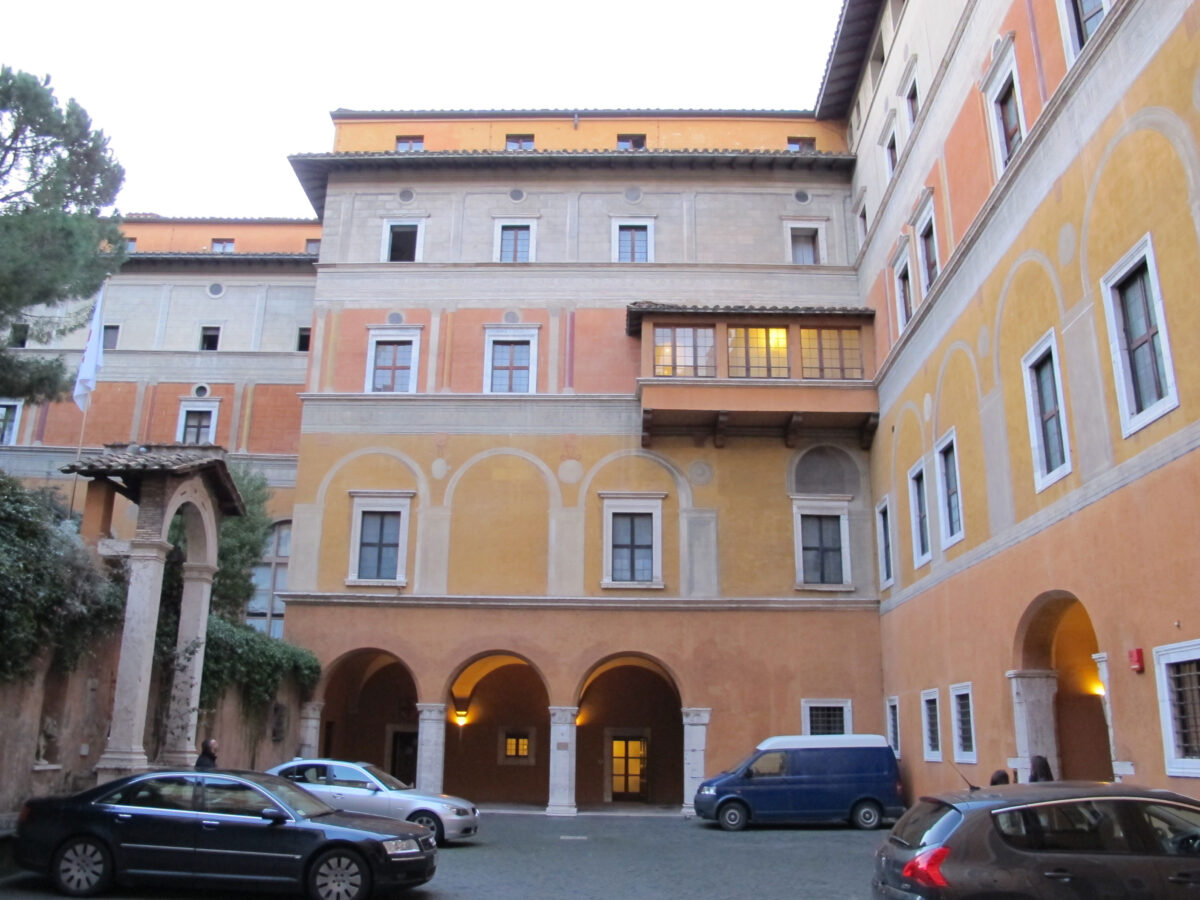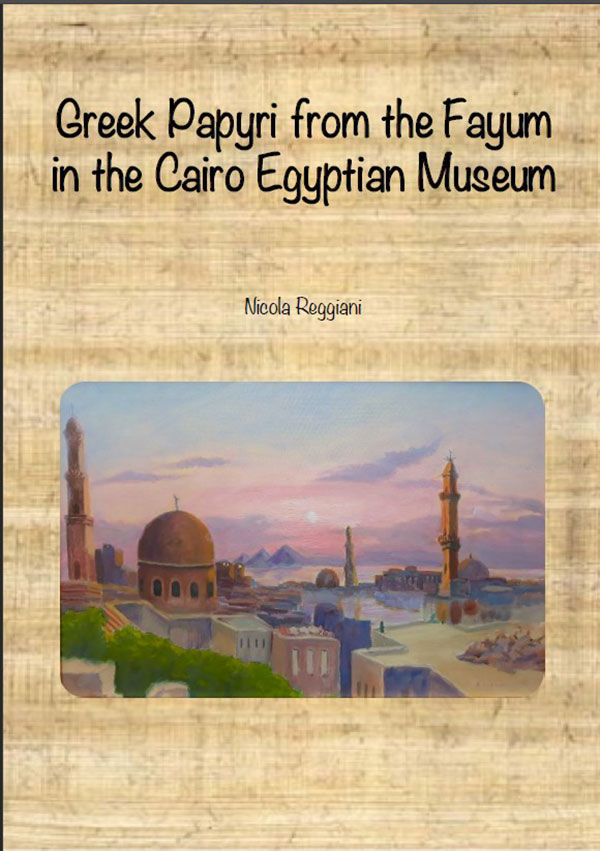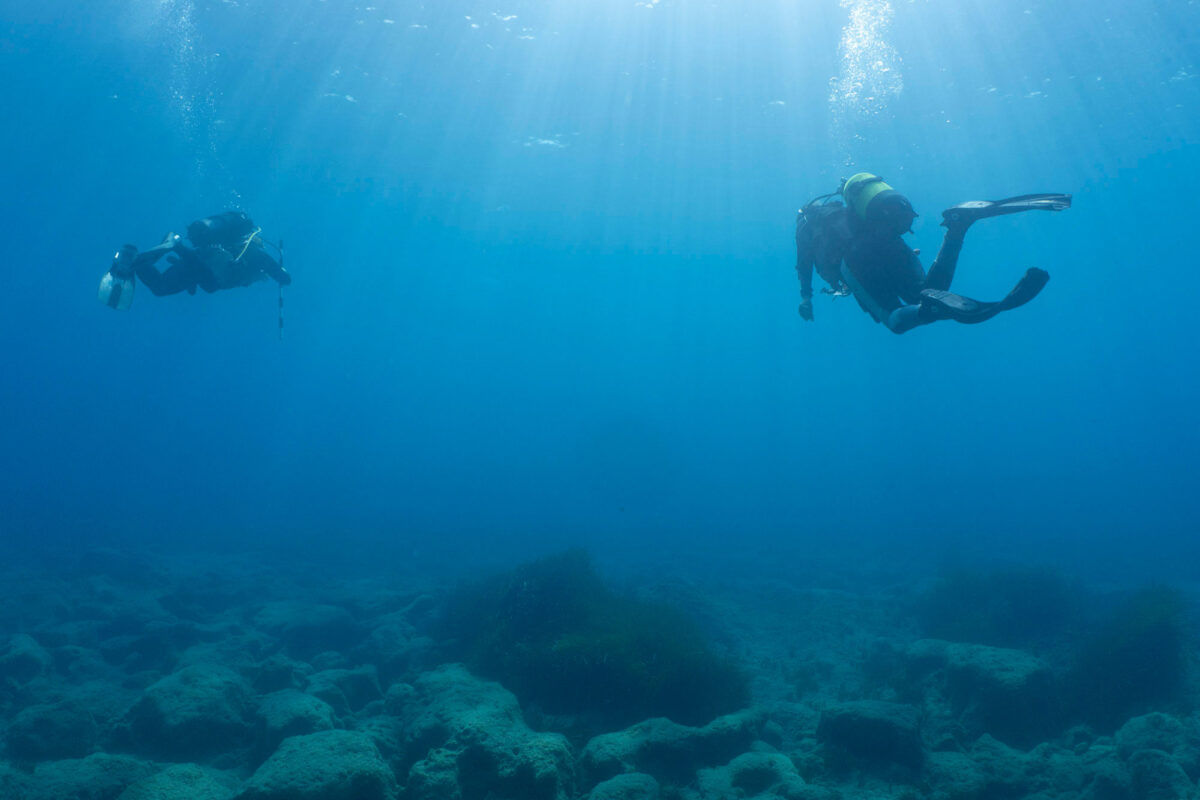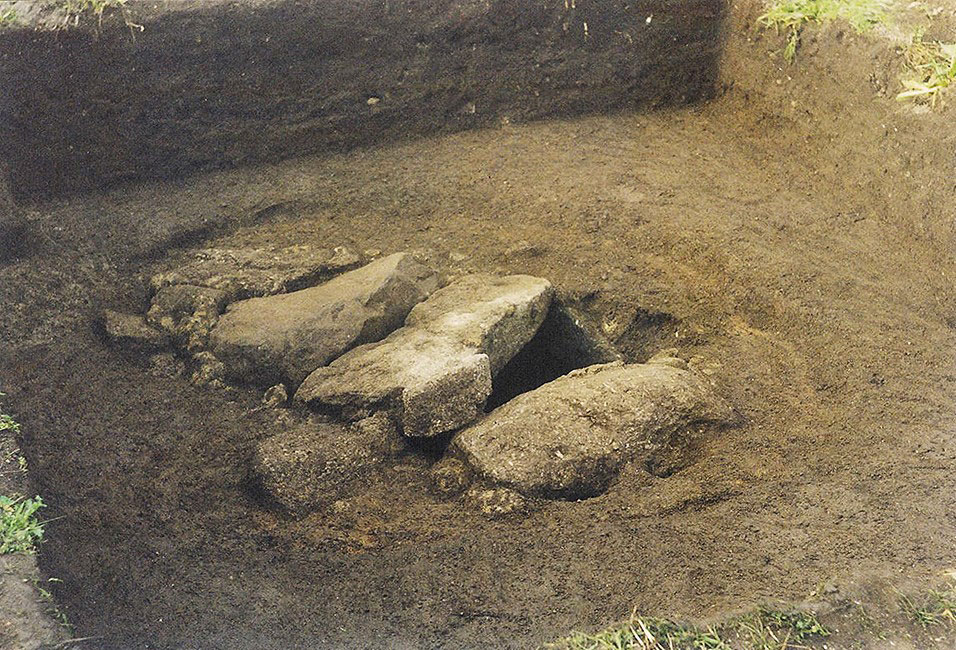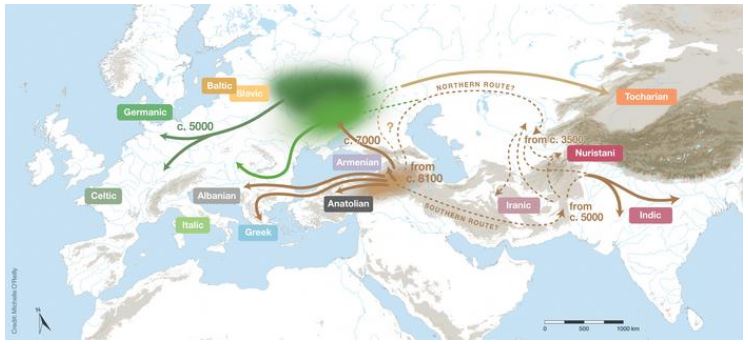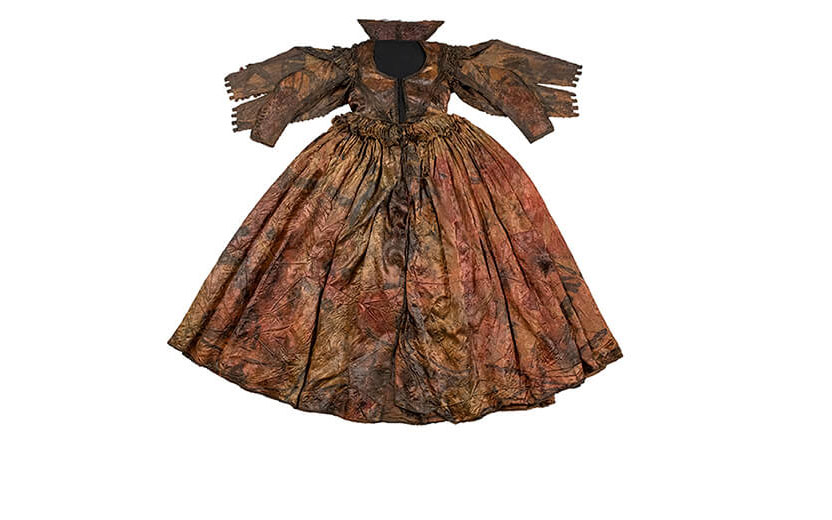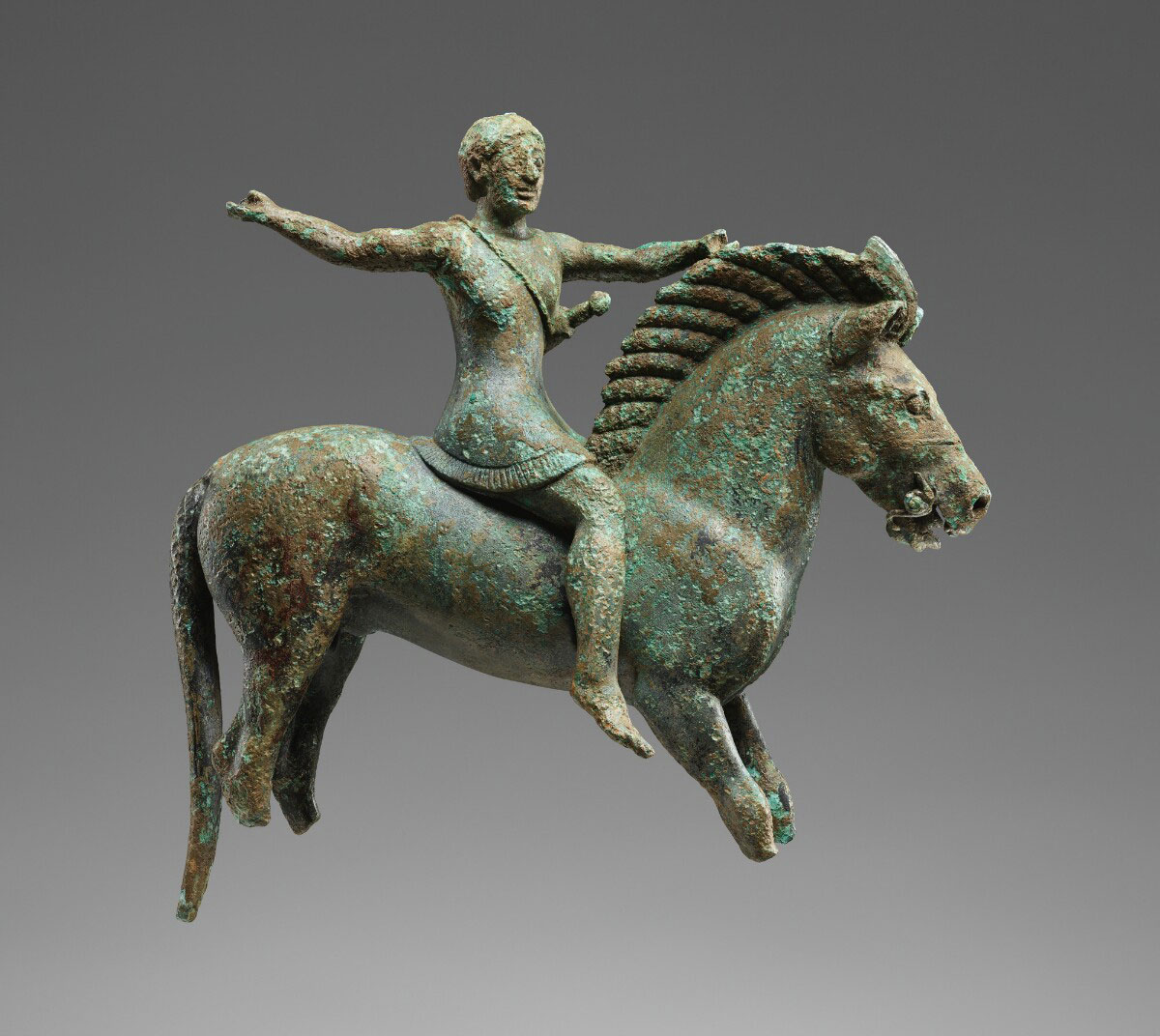Greekness and Otherness: beyond the stereotype
The book questions the reliability of the Greek-barbarian polarity.
Sparta in Plutarch’s Lives
In this volume, eight scholars from around the world come together to consider Plutarch's understanding and presentation of Sparta.
Cults of Boeotia Conference in December
A conference organized by the American School of Classical Studies at Athens and the Ephorate of Antiquities of Boeotia on 8–9 December 2023.
Bronze Age arrowhead from Switzerland was made from Meteorite
Researchers proved that an arrowhead from the Bern History Museum, found in Mörigen on Lake Biel, Switzerland, was made of meteoritic iron.
Living people linked to enslaved and free African Americans at iron forge
A first-of-its-kind analysis of historical DNA ties tens of thousands of living people to enslaved and free African Americans who labored at an iron forge in Maryland.
Geronisos Island Expedition at Maniki Harbor and Meletis Necropolis, 2023
Archaeological excavation was conducted at Maniki Harbor, at the Meletis Necropolis, and atop Geronisos Island, along with comprehensive study of excavated materials in preparation for publication.
Assistant Curator/College Lecturer in Classical Archaeology
Ashmolean Museum and St John’s College, Oxford, are inviting applications for a joint post of Assistant Curator in the Department of Antiquities / College Lecture in Classical Archaeology.
Excavations of the University of Cyprus at Laona-Palaipafos
Work this year was wholly dedicated to the excavation of the monumental fortress, dating to the Cypro-Classical period (5th–4th c. BC) that was discovered below the tumulus.
Constructing and Affirming Identity through Material Culture
The conference, to be held in Athens on May 8-10, 2024 focuses on the analyses of the different life stages or life cycles of objects.
Lecturer in Hellenistic History, Cardiff
The Cardiff School of History, Archaeology and Religion invites applications for an open-ended Lectureship (Teaching and Research) in Hellenistic History.
TRAC 2024 – Big Data in Roman Archaeology
Submissions for papers are invited for the session “Theoretical Approaches to Big Data in Roman Archaeology” at the Theoretical Roman Archaeology Conference (TRAC).
For a Feminist, Postcolonial, Roman Archaeology
Paper proposals are invited for the RAC/TRAC 2024 Session "For a Feminist, Postcolonial, Roman Archaeology".
Department of Classics seeks a Roman historian (Lecturer)
The Department seeks to appoint a full-time teaching-intensive lecturer for a period of 18 months.
New Archaeological Discoveries in the Quire
Archaeologists at Exeter Cathedral have made some exciting new discoveries from their investigation in the Quire area of the 900-year-old building.
Nero’s theater discovered in Rome at Palazzo della Rovere
Structures and decoration details which match the description of Nero's theater in literary sources have come to light.
Greek Papyri from the Fayum in the Cairo Egyptian Museum
The volume is published in the framework of the PRIN 2017 National Project "Greek and Latin Literary Papyri from Graeco-Roman and Late Antique Fayum".
Ancient Akrotiri-Dreamer’s Bay Project: Underwater Season 2023
The Department of Antiquities, Deputy Ministry of Culture, announces the completion of the third underwater investigation at Dreamer’s Bay on the southern shores of the Akrotiri Peninsula, Cyprus.
New scientific study solves mystery of 2,000-year-old grave
A new scientific study led by Historic England solves the long-running mystery of a 2,000-year-old burial on the Isles of Scilly: was this a man or a woman?
New insights into the origin of the Indo-European languages
Linguistics and genetics combine to suggest a new hybrid hypothesis for the origin of the Indo-European languages.
The Dress from the Palmwood wreck
One of the top pieces in the collection at Museum Kaap Skil is a seventeenth century dress of royal allure, surfaced from the bottom of the Wadden Sea.
Pulled from a field in Albania, a 2,500-year-old statuette comes to Getty
At first, it was just a glint of green and brown in the dirt, exposed during routine plowing at an Albanian farm located next to an ancient Greek settlement.
Ancient DNA reveals diverse community in ‘Lost City of the Incas’
A study used ancient DNA to find out for the first time where workers buried more than 500 years ago came from within the lost Inca Empire.
Perfectly preserved turtle fossil gives clues to habitat 150 million years ago
University of Tübingen research team analyzes sea turtle from the Upper Jurassic - when southern Germany was a tropical archipelago.
Family trees from the European Neolithic
The Neolithic burial site of Gurgy ‘les Noisats’ in France revealed two unprecedentedly large family trees which allowed a Franco-German team to explore the social organization of the 6,700-year-old community.
